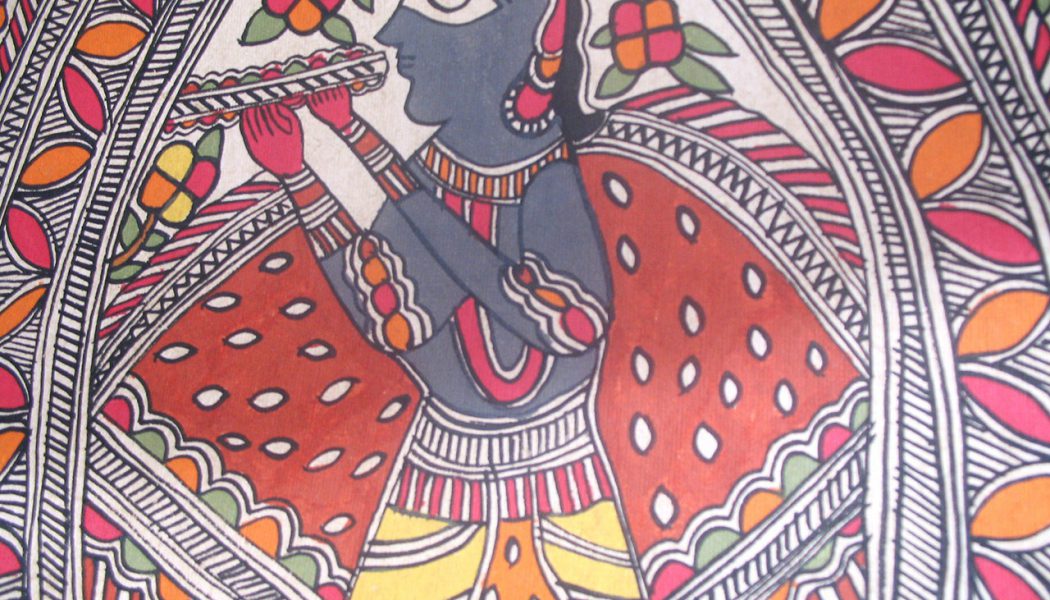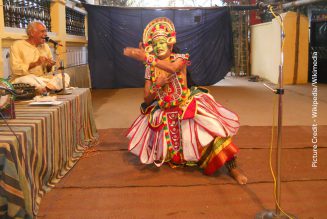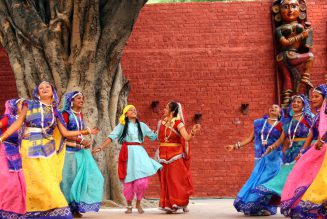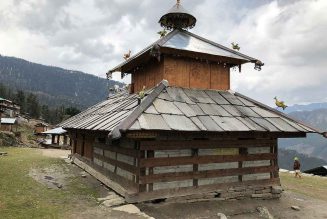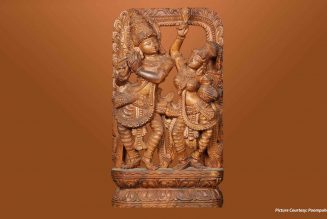Madhubani / Mithila art is a North-Indian style of painting. They are paintings of nature and mythology depicting important events and life cycle, practiced mostly by women in villages. The origin is from the Mithila region of Bihar stretching between India and Nepal. It dates back to more than 2500 years ago, to the time of Ramayana. They are one among the most famous paintings in the world.
It is believed that the Mithila King Janaka requested artists to develop paintings to capture the grand wedding event of his daughter Sita with Sri Rama the prince of Ayodhya, ruled by Dasharatha. The painting is done using fingers, twigs, match sticks, brushes and nib-pens, characterized by beautiful and eye-catching geometrical patterns, showcasing the artist’s talents. Only natural dyes and pigments are used for the painting.
Madhubani paintings express the creativity and sensitivity of the people in Mithila and showcases the psychology of the society. They also reflect the morals, values and customs of the region. Madhubani literally means “Honey Forest”. The central theme of the paintings is love and fertility. The room in which newly wedded couple live after their wedding, known as Kohbar, is decorated with Madhubani paintings.
Paintings of Hindu deities, episodes of sacred writings in the lives of Krishna and Radha, Rama and Sita, Shiva, Ganesha, Saraswati, Lakshmi are all subjects of Madhubani paintings. Women usually do prayers before starting the painting, to remove all obstacles and give best results.
Colours are naturally made from plants and flowers.
- Black is made by mixing Blight with Cow Dung
- Yellow from Turmeric and Banyan Leaf milk
- Blue from Indigo
- Red from the Kusum (Safflower) flower
- Green from the green leaves of Apple-wood tree
- White from Rice powder
- Orange from Palash (Butea Monosperma) flower
Antique Madhubani paintings were done on mud-walls or soil grounds during special auspicious occasions and erased the very next day. Due to this reason, these art works were not preserved.
Commercialization of Madhubani paintings started around 1962 CE, when a foreign artist traveling through this region got attracted by the murals. From there Madhubani paintings got popularity in the outside world and people started painting on paper. Local Government, NGOs and other Cultural Organizations have started promoting the Madhubani paintings to further levels gaining popularity and recognition.
Read more on Madhubani / Mithila Paintings at People’s Living Cultural Heritage
Pictures are used for illustration only. Credit: Disha Gadhiya
